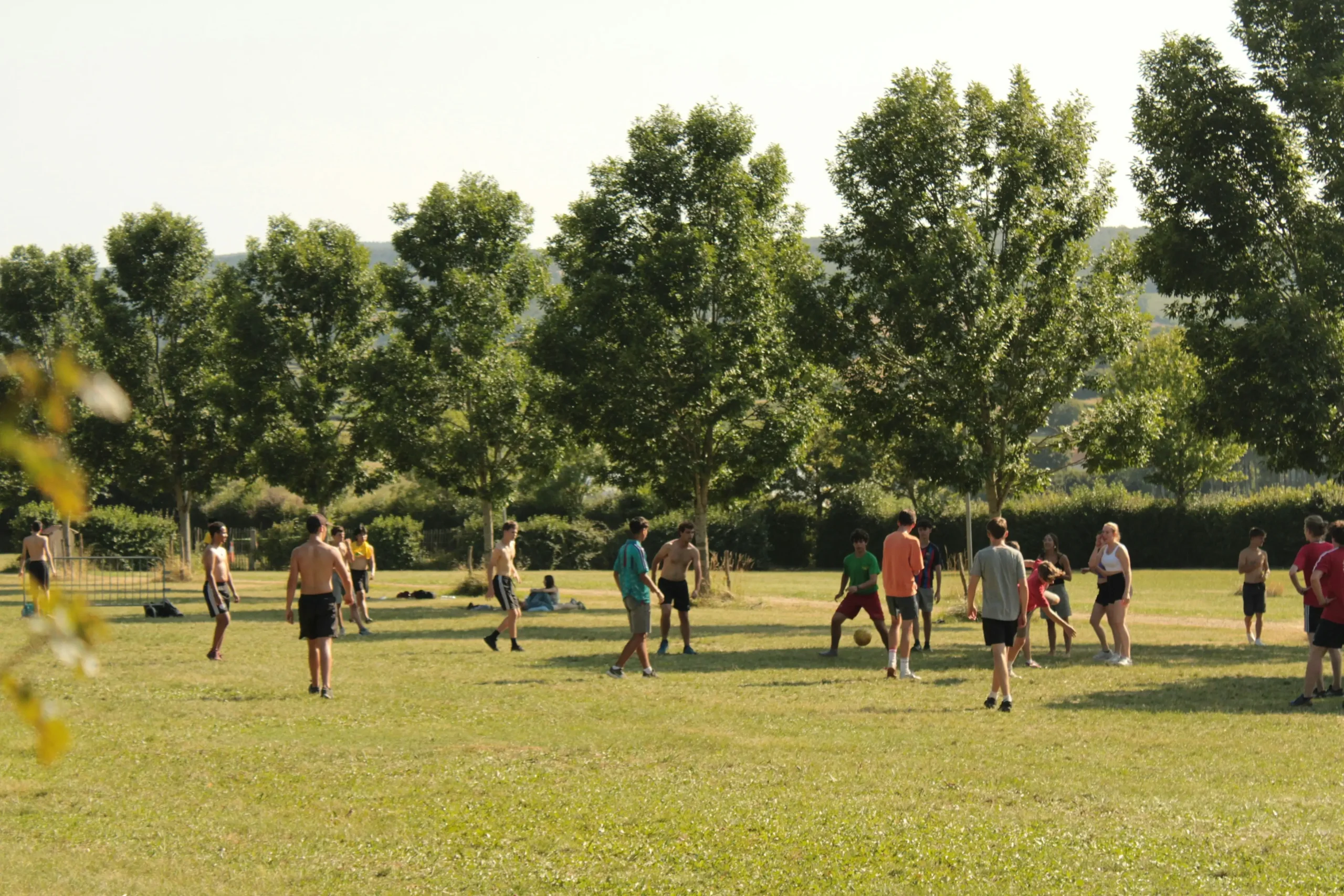Summer is the perfect time to enjoy outdoor workouts — from jogging in the park to beach yoga sessions.
Longer days and sunny skies are often motivating and energizing. However, exercising in high temperatures comes with its own set of risks.
Dehydration, heat exhaustion, and even heatstroke are real concerns that can jeopardize your health if you’re not careful.
Understanding how to protect yourself while staying active is crucial.
Whether you’re an avid runner, a weekend hiker, or someone who simply enjoys a brisk walk, these simple yet effective tips will help you stay safe while exercising in the summer heat. Let’s dive in!
1. Hydrate Properly Before, During, and After Exercise
One of the biggest dangers of exercising in hot weather is dehydration. When you sweat, your body loses vital fluids and electrolytes necessary for optimal performance and body function.
Why Hydration Matters
Water regulates your body temperature, lubricates your joints, and transports nutrients. In high heat, your body sweats more in an attempt to cool down, making hydration even more critical.
How to Hydrate Effectively
- Pre-exercise: Drink 16–20 ounces of water 2–3 hours before your workout.
- During exercise: Aim to drink about 7–10 ounces every 10–20 minutes, especially if you’re sweating heavily.
- Post-exercise: Rehydrate with 16–24 ounces for every pound lost through sweat. Consider a sports drink if your workout exceeds an hour, to replenish electrolytes like sodium and potassium.
Tip: Listen to your body. If you feel dizzy, lightheaded, or excessively thirsty, stop immediately and rehydrate.
2. Choose the Right Time of Day
Timing is everything when it comes to summer exercise. Midday temperatures can be brutally hot and dangerous, even for seasoned athletes.
Best Times to Exercise
- Early Morning: The coolest and most ideal time to work out is typically between 5 a.m. and 8 a.m.
- Evening: After 6 p.m., temperatures usually begin to drop, offering another window of opportunity.
Why It Matters
By avoiding peak sun hours (usually between 10 a.m. and 4 p.m.), you significantly reduce your risk of sunburn, heat exhaustion, and dehydration.
Tip: Always check the weather forecast before planning your workout. Humidity can make it feel even hotter than the actual temperature.
3. Dress Smart: Lightweight, Breathable Clothing
What you wear while working out in the summer can make a significant difference in how your body handles the heat.
Clothing Tips for Hot Weather
- Light Colors: Choose white or light-colored clothing to reflect sunlight rather than absorb it.
- Moisture-Wicking Fabrics: Materials like polyester blends pull sweat away from your skin, keeping you cooler.
- Loose-Fitting Gear: Clothing that allows air to circulate helps sweat evaporate faster, enhancing your body’s natural cooling process.
Don’t Forget Accessories
- Sunglasses: Protect your eyes from UV rays.
- Hat or Visor: Shield your face and head from direct sunlight.
- Sunscreen: Apply a broad-spectrum sunscreen with at least SPF 30, and reapply every two hours.
Tip: Avoid cotton fabrics as they trap moisture, which can make you feel heavier and hotter.
4. Listen to Your Body and Know the Warning Signs
Your body will give you early warning signs when it’s struggling with heat. Recognizing these signs can help prevent serious conditions like heat exhaustion and heatstroke.
Symptoms of Heat Exhaustion:
- Dizziness or lightheadedness
- Excessive sweating
- Muscle cramps
- Weak, rapid pulse
- Nausea or vomiting
- Cold, clammy skin
If you experience any of these, stop exercising immediately, seek shade or a cool environment, and hydrate.
Heatstroke Warning Signs:
- Hot, dry skin
- Confusion or disorientation
- Rapid heartbeat
- Loss of consciousness
Important: Heatstroke is a medical emergency. Call emergency services immediately if you or someone else exhibits these symptoms.
Tip: It’s always better to cut a workout short than to risk your health. Prioritize safety over performance.
5. Modify Your Workouts for the Heat
When temperatures rise, your usual workout routine might need adjustments to accommodate the heat and prevent overexertion.
How to Adapt Your Workout:
- Lower Intensity: Swap high-intensity workouts for moderate ones like walking, swimming, or yoga.
- Shorter Sessions: Instead of one long session, consider splitting workouts into two shorter ones — morning and evening.
- Indoor Alternatives: If the outdoor heat is too much, take your workout indoors to an air-conditioned gym or even try online workout videos at home.
Embrace Water Activities
Swimming, aqua aerobics, or paddleboarding are excellent low-impact options that keep you cool while still providing a full-body workout.
Tip: Don’t be hard on yourself if you can’t perform at your usual level. Your body uses more energy to cool itself down, making hot-weather workouts inherently more challenging.
Bonus Tips for Extra Safety
- Use Cooling Towels: Wet a towel with cold water and drape it around your neck to lower your body temperature quickly.
- Stay in the Shade: When possible, choose shaded paths or create your own shade with hats and clothing.
- Buddy System: Exercise with a friend. It’s not only more fun but also safer in case of heat-related issues.
Conclusion
Summer brings endless opportunities for fun and fitness, but it’s important to respect the risks that come with exercising in high temperatures.
By staying hydrated, choosing smart workout times, dressing appropriately, tuning in to your body’s signals, and adjusting your exercise plan, you can enjoy safe and effective summer workouts.
Remember, no workout is worth sacrificing your health. A few mindful changes are all it takes to keep fit and stay safe under the blazing summer sun.
Stay cool, stay safe, and keep moving!
